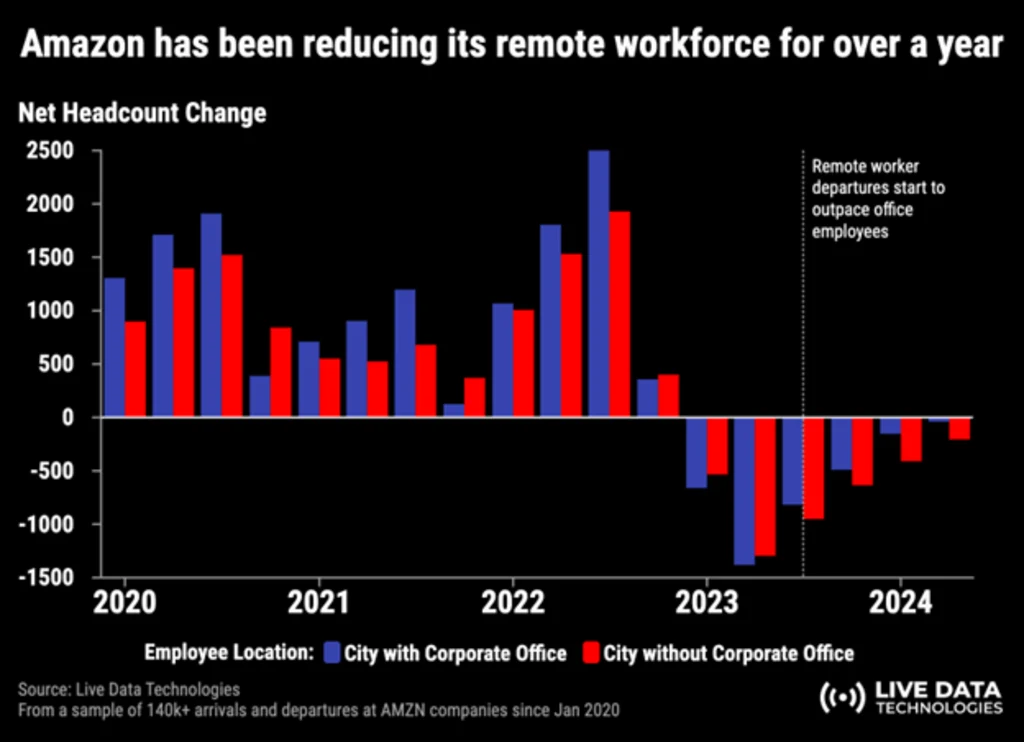- | 9:00 am
Silent firing is the new quiet quitting
Companies need to find a way to pay for investments in artificial intelligence.

There may need to be a new term invented for the wave of jobs that will be lost due to AI. For those who missed it, quiet quitting gained momentum during the pandemic. People would do the bare minimum or less in an effort to collect an easy paycheck or be fired with severance.
But the inverse might be gaining momentum soon. Silent firing is where companies make jobs more difficult in the hopes that employees quit, so their jobs can be automated. AI spending has all the markings of a capital expenditure: high upfront costs; ROI to be realized over the longer term; and following the spirit of Moore’s Law, any assets you create will rapidly depreciate in value. From my experience on the hedge fund buy side, these factors make headcount reduction inevitable. Companies will need to show ROI on these AI investments, and through an ROI lens, this means job replacement.

This is not just a theory, though. If you think of a large company that has been preparing for automation more than any other, you would put Amazon or perhaps Tesla at the top. So when Amazon is pushing a five day in-office workweek, despite the fact that 90% of their employees are “dissatisfied” and 73% are considering quitting, it doesn’t really fit with the “cool tech office” vibes of the past. Did one of the smartest data driven companies forget how to use data? Did they forget that according to Global Workplace Analytics, 65% of employers report that remote work has increased productivity, and that 95% of employers reported that remote work has increased retention? We can’t assume that Amazon is naive, especially to this last number. Maybe Amazon is silently firing workers by making the workplace inhospitable. Because the best way to decrease retention while saving on severance would be to remove remote work.
By the numbers
After growing headcount by over 5% in 2022, the Big Tech companies have erased all of that growth (and more) in the past 18 months, according to data provided to us by Live Data Technologies. So, are these jobs gone for good?
In March, Big Tech hiring started to climb again after 13 months of historic low hiring rates. Then, in May, arrivals started to outpace departures.

But Big Tech headcount is still below January 1, 2022 levels. About 18% of people who left a Big Tech company in the past year are still professionally unemployed. Companies simply aren’t fawning over former Big Tech talent the way they used to.
Outside of AI and the hottest early-stage startups, tech hiring is slow to nonexistent, even for alumni of top tech companies who used to be able to “get hired anywhere” after leaving.

These pictures paint a fairly clear picture: AI is booming and the rest of the labor market is stagnant and/or declining if you look at the unemployment numbers. What makes this even more alarming is that we have not even scratched the surface of the AI adoption curve.
Tech companies ramping down hiring and creating compelling reasons to quit is just the first phase. What could come next?
George Kailas is CEO of Prospero.Ai.






































